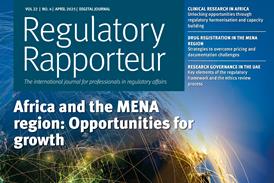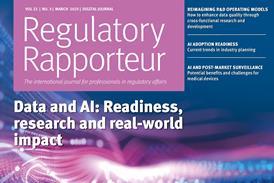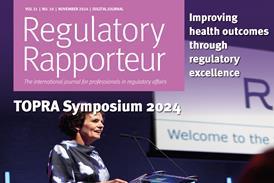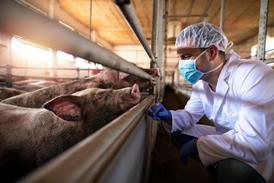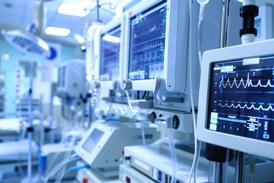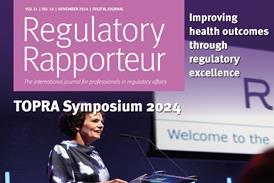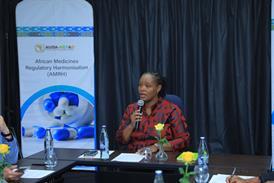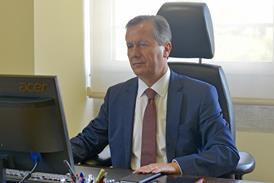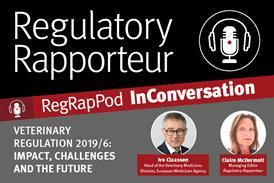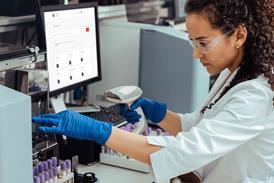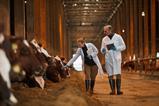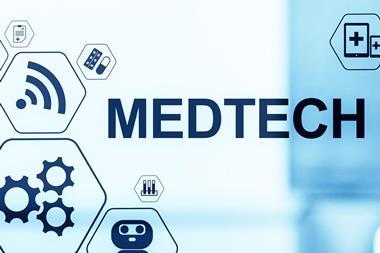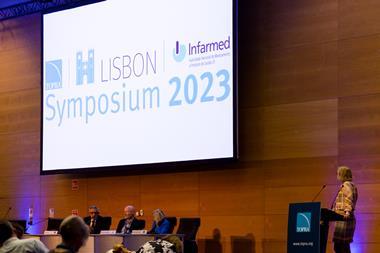On occasions it felt like time was standing still in 2021, with further restrictions and lockdowns taking us out of our ‘normal’ routines and nothing much seeming to happen day-to-day, yet it still feels like the year has come around quickly to the Annual Symposium issue!
There were initial hopes of having a ‘blended’ online and in-person experience, with an option to attend the Symposium in the beautiful city of Prague, but in the end, it took place online only. This nevertheless has its benefits, often being more manageable to attend than an event requiring several days out of office and international travel.
As ever the Symposium delivered a wide-ranging programme and many stimulating discussions – as well as an opportunity to gain insights into the regulatory situation in the region or country of the co-host agency, which this year was SUKL. Accordingly, the first Human Medicines session covered the challenges and opportunities for the CEE region, with improvements to the currently revised EU legislation on supply chain to ensure its autonomy, security, sustainability and competitiveness called for.
Delegates then joined a ‘fireside chat’ with EMA head Emer Cooke, who provided some reflections on how well the agency responded to the challenges of the COVID-19 pandemic and managed to deliver authorisations of vaccines under difficult circumstances, with lessons taken from the experience and requiring review. This session also looked towards the future and priorities for the agency, including digitalisation of systems, sustainability of the network and the increased role of EMA in medical devices and IVDs.
Building on lessons from COVID-19, the use of digital technologies in clinical trials were explored and the increasing trend to use decentralised approaches looks to be an area of growth. Another growth area is the use of RWD/RWE in regulatory decision-making. COVID-19 has also highlighted the availability of resources within regulatory authorities with ‘Reliance’ identified as a potential solution which makes use of additional international resources to help inform local RA decision-making and the ATMP session further highlighted the future of scientific advice process with a more flexible, agile and iterative process introduced in response to the COVID-19 pandemic.
Additional reviews included the EMA and the European Network for Health Technology Assessment collaboration which has proven to be of high value and continually improving on common scientific, clinical aspects. The Medical Devices Symposium began by looking at the future of legacy devices under the MDR and the challenges manufacturers face when making applications under the new regulation. This was followed by a session exploring the industry view of target markets when choosing where first to gain device approval – with the US seen as the best for innovative devices although the EU still retained some advantages from a global approval perspective.
Digitalisation of medical device regulatory information and use of technology to allow more effective interrogation and control of available data were also explored with the ambition of a more agile and efficient approach to technical documentation. Clinical investigations were also explored with Coordinated Assessment of Clinical Investigations; while much work needs to be done, industry welcomes a uniform response on clinical assessments.
This year’s joint session with the Human Medicines Symposium covered innovation and drug-device combinations with a vision of an ‘integrated pathway’, bringing together relevant expertise across Europe for an agile and collaborative framework identified. EU MDR & IVDR implementation was also explored with more proactivity and communication between all stakeholders identified as important. Additionally, the practicalities of implementing IVDR requirements – with the transition time still considered too short – and ongoing concerns about the number of designated notified bodies available to support the process were highlighted again.
It was to be expected that the Veterinary Symposium would be dominated by discussions on Regulation 2019/6, which comes into force on 28 January 2022. There were lively debates around the extent to which innovation in animal health will be stimulated by the provisions of the new VMP-Reg, with the first session looking at biologicals and alternatives to antimicrobials, and the next one tackling limited markets. Antimicrobial use in animal health and antimicrobial resistance is of course a perennial hot topic, with the third session devoted to it. The new ways of working that are required by this legislation are so large – for industry and the regulators – that it is hard for regulatory professionals to keep abreast of the latest news. Lifecycle maintenance and pharmacovigilance will be particularly affected, with new IT systems coming online that regulatory professionals will need to get to grips with quickly.
A final mention goes to this year’s Annual Lecture, given by Virginie Hivert from EURORDIS, who reflects on the evolution of patient engagement in the rare diseases field and the importance of collaboration between stakeholders and patients. This brings us nicely back to the purpose of all our regulatory endeavours – improving patient care and treatments.



